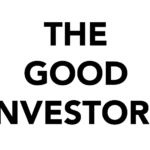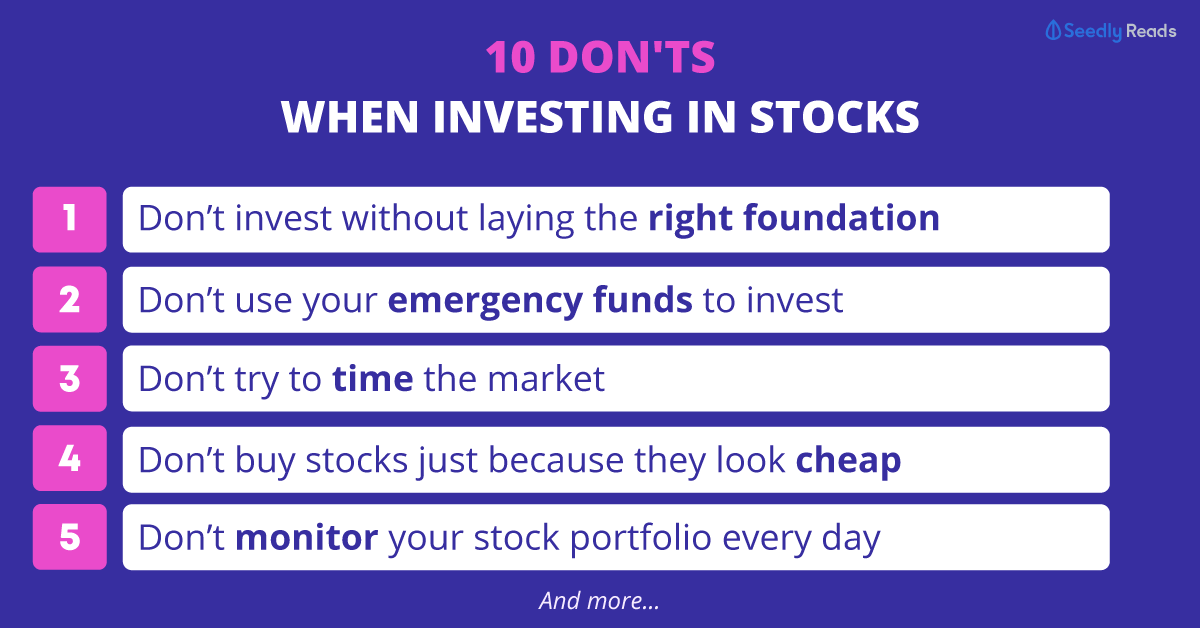Advertisement
Anonymous
What do you think is the greatest difference between investing today and say 10-15 years ago?
3
Discussion (3)
Learn how to style your text
Reply
Save
Hi There,
There are 2 main differences
Increased number of investors and traders. Thus, we see larger volume movements in the markets. If you compare movements in prices now as compared to years ago, rises may seem "parabolic" or rising "exponentially". Howvever, this is not the first time it appears this way. If you compare a decade ago to 2-3 decades ago, you see the same patterns. As more people get into the market as different nations develop and get more financially savy, there are more investing, both active and passive.
Information today is so widely accessible, in the past the "hardworking" investors who research and study a lot tend to do better. However, there is so much misinformation out there now that the skill now is not getting more information BUT filtering out the RIGHT information.
Reply
Save
Chuin Ting Weber
07 Oct 2020
CEO and CIO at MoneyOwl
Hi Anonymous,
Thanks for your question. Around 12 years ago, we suffered the Global Financial Crisi...
Read 1 other comments with a Seedly account
You will also enjoy exclusive benefits and get access to members only features.
Sign up or login with an email here
Write your thoughts
Related Articles
Related Posts
Related Products

MoneyOwl
4.6
47 Reviews
MoneyOwl
Equities, Bonds
INSTRUMENTS
0.5% to 0.6%
ANNUAL MANAGEMENT FEE
$100
MINIMUM INVESTMENT
N/A
EXPECTED ANNUAL RETURN
Web
PLATFORMS
Related Posts
Advertisement









Too much startups and ever changing global landscape